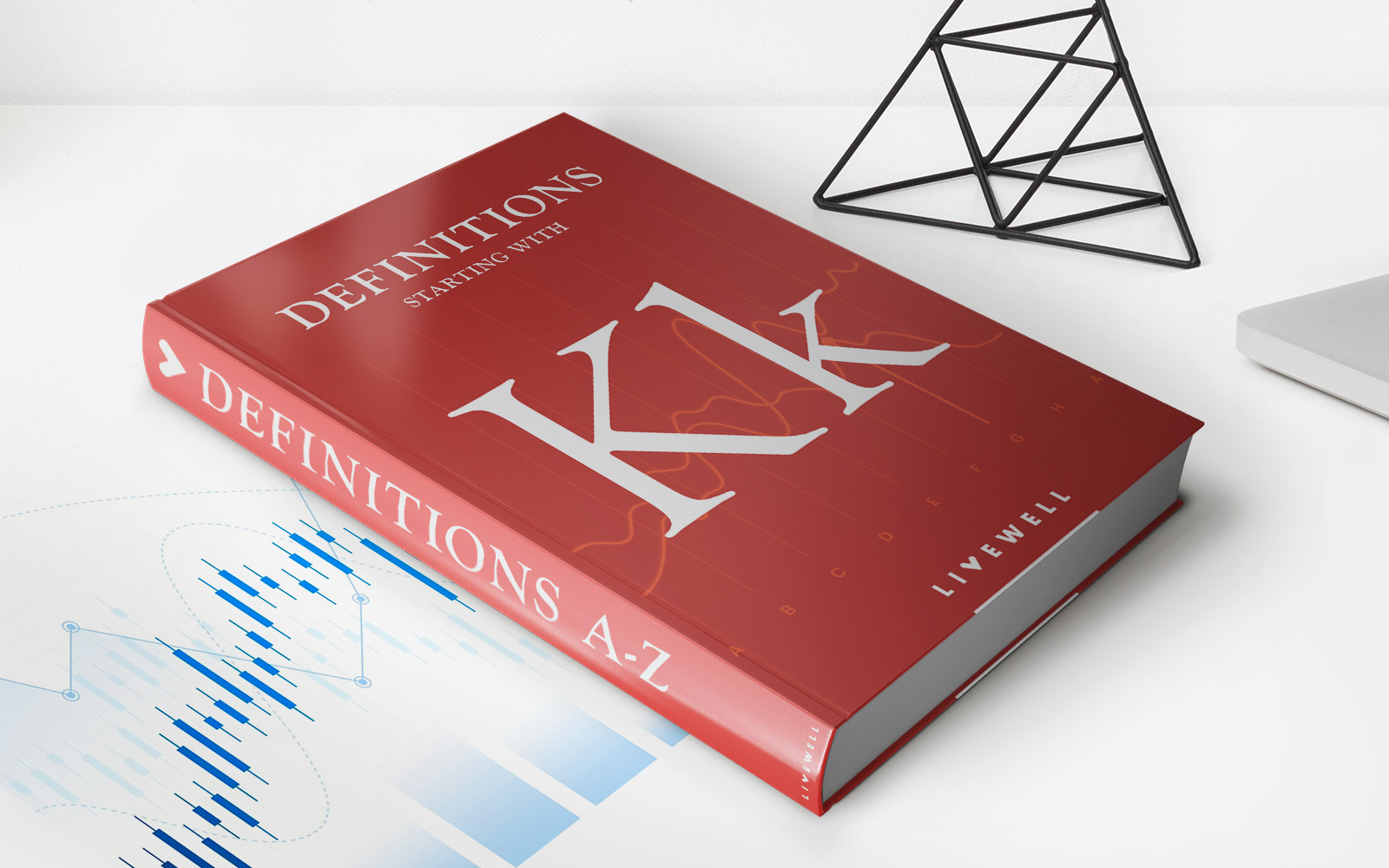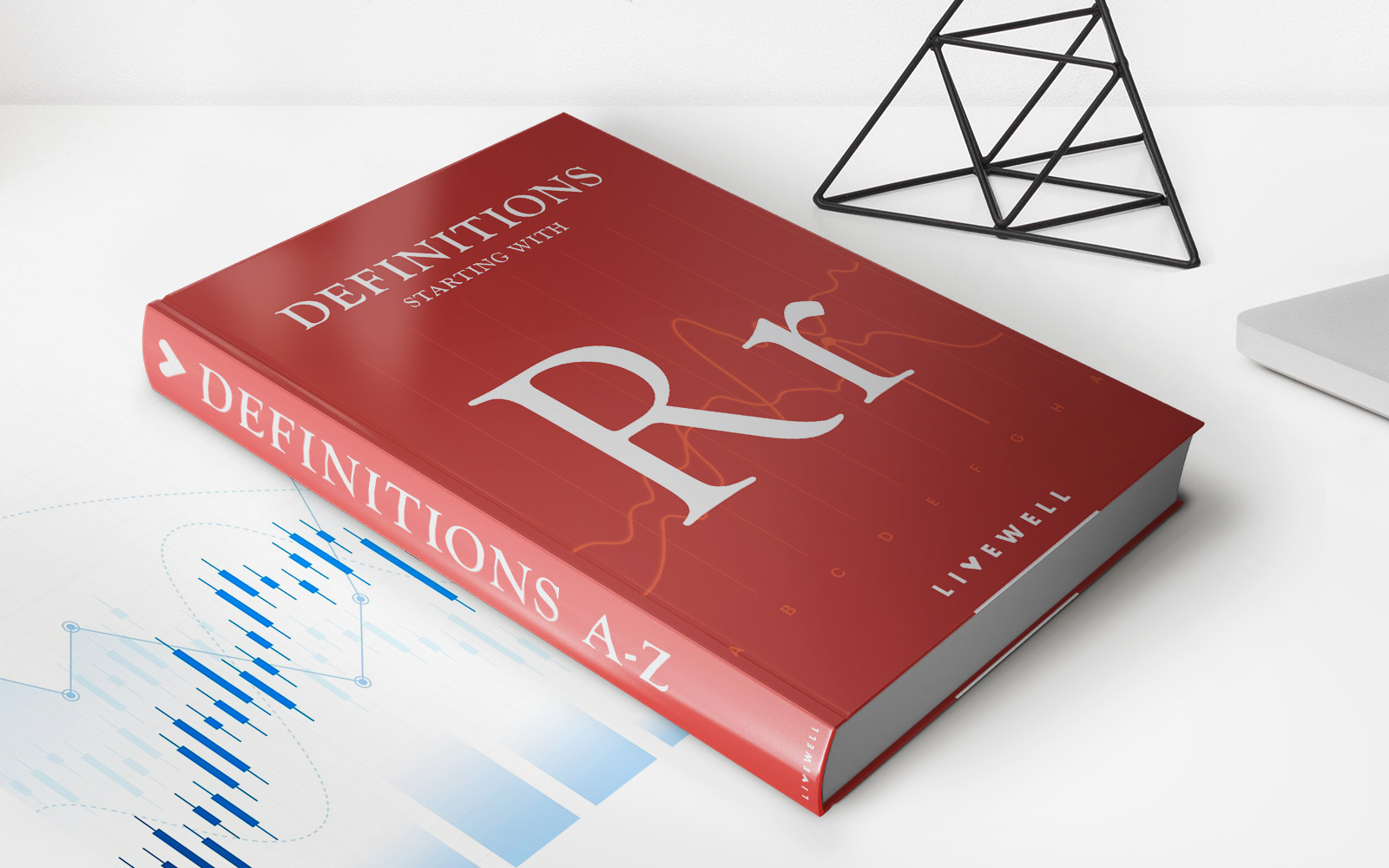Home>Finance>What Is Market Sentiment? Definition, Indicator Types, And Example


Finance
What Is Market Sentiment? Definition, Indicator Types, And Example
Published: December 23, 2023
Discover the meaning and importance of market sentiment in the world of finance. Explore various indicator types and learn through an illustrative example.
(Many of the links in this article redirect to a specific reviewed product. Your purchase of these products through affiliate links helps to generate commission for LiveWell, at no extra cost. Learn more)
Understanding Market Sentiment: Definition, Indicator Types, and Example
Welcome to our blog post on market sentiment, an essential concept in the world of finance. As an investor or trader, understanding market sentiment can greatly help to inform your investment decisions. In this article, we will provide a comprehensive definition of market sentiment, discuss different types of indicators used to gauge it, and give an example to illustrate its importance.
Key Takeaways:
- Market sentiment reflects the overall attitude and emotional state of investors towards a particular asset or market.
- There are various indicator types available to gauge market sentiment, including surveys, news sentiment analysis, and social media sentiment analysis.
What is Market Sentiment?
Market sentiment refers to the overall attitude and emotional state of investors towards a particular asset, market, or the financial markets as a whole. It is influenced by a wide range of factors, including economic data, geopolitical events, company news, and investor psychology. Market sentiment can range from bullish (positive) to bearish (negative) and can have a significant impact on asset prices and trading volumes.
Investors and traders closely monitor market sentiment as a tool for making investment decisions. By understanding how others in the market are feeling, they can identify potential opportunities and risks. Market sentiment can help investors gauge whether the market is overbought or oversold, and whether it’s a favorable time to buy or sell.
Indicator Types for Gauging Market Sentiment
Various indicator types are used to gauge market sentiment. Let’s explore three common types:
- Surveys: Surveys are one way to measure market sentiment. Organizations and institutions regularly conduct surveys to gather information about investor attitudes and expectations. These surveys may ask questions about future market direction, risk appetite, or specific sectors. The results provide valuable insights into the sentiment of investors.
- News Sentiment Analysis: News sentiment analysis involves analyzing news articles and headlines to determine whether the sentiment is positive, negative, or neutral. This can be done manually or through the use of automated tools that use natural language processing algorithms. By monitoring news sentiment, investors can get a sense of how the market is reacting to different events and news releases.
- Social Media Sentiment Analysis: Social media platforms have become a valuable source of sentiment data. By analyzing social media posts and comments, investors can gain insights into how the general public feels about certain assets or markets. Social media sentiment analysis can provide real-time information about market sentiment, allowing investors to quickly react to changing sentiments.
An Example of Market Sentiment
Let’s consider an example to understand how market sentiment can impact investment decisions. Suppose there’s a sudden surge in negative news about a particular industry, such as the technology sector. Sellers may react by offloading their technology stocks, leading to a drop in stock prices. This negative sentiment can create a domino effect, with more investors selling their shares, causing the market sentiment to become increasingly bearish.
Conversely, if positive news emerges, such as a breakthrough in a company’s research and development efforts, market sentiment may turn bullish. Buyers may rush to purchase shares, driving up stock prices and generating positive momentum.
Successful investors and traders often combine market sentiment analysis with other fundamental and technical analysis tools to make informed decisions. By understanding market sentiment, you can gain valuable insights into the state of the market and make more informed investment choices.
Conclusion
Market sentiment is a crucial concept in the world of finance and plays a significant role in shaping investment decisions. By carefully analyzing market sentiment using various indicators such as surveys, news sentiment analysis, and social media sentiment analysis, investors can gain valuable insights into the attitudes and emotions of market participants.
Remember, accurate market sentiment analysis can help you identify potential opportunities and risks, giving you a competitive edge in the ever-changing world of finance.














